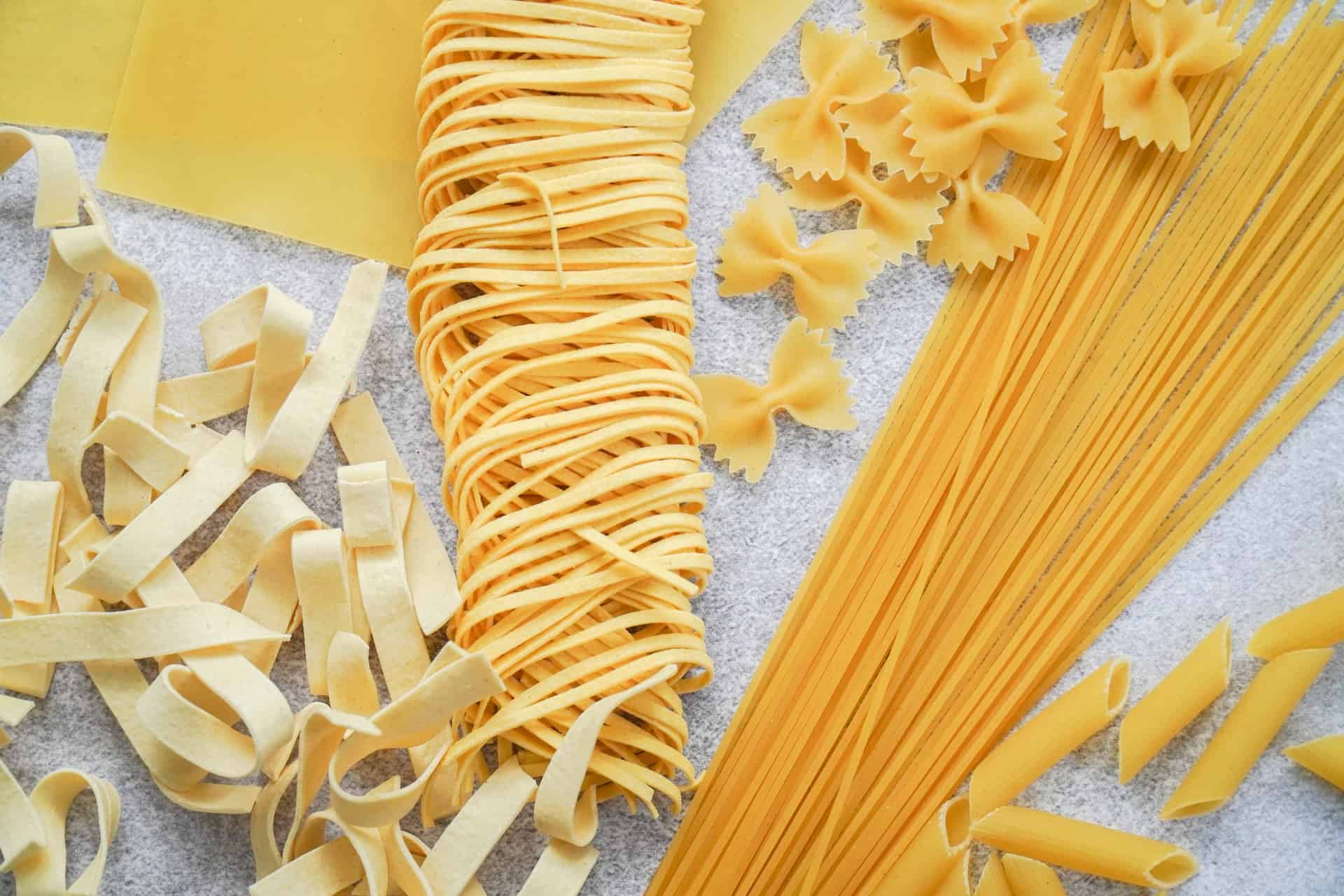Undoubtedly, pasta is a great favorite of everyone. You can choose spaghetti alla Bolognese, ravioli al pesto, lasagna, vermicelli, penne, fusilli, farfalle, tortiglioni, sedani, rigatoni, soup with noodles… Who has not eaten macaroni and cheese? If we are old enough to appreciate national and international gastronomy, we think we have tried all the versions that pasta has to offer.
However, the world of pasta can surprise us with dishes that, until recently, were totally unknown to us.
A Mediterranean surprise
Despite being so well known and liked in all nations, Italian cuisine still has some very pleasant surprises for us. One of these surprises is orzo, also called risone.
Many who see or taste orzo for the first time think it is a new kind of cereal or an exotic variety of the old rice we already know, but this is not the case—orzo is technically a kind of pasta, and it is made with the same basic ingredient. In fact, orzo is made of semolina in the shape of oval grains, similar to those of rice or barley. Precisely, the meaning of orzo in Italian is ‘barley’, and it is prepared in a similar way: soaking and cooking it in boiling water. Because of its appearance and texture when cooked and the way it is prepared, some might even say that orzo is Italian couscous.
The versions of orzo that are becoming more popular are the Italian ones, but it is an equally typical and traditional foodstuff of several Eastern Mediterranean countries, such as Greece, Turkey and Cyprus.
How to cook orzo
Since orzo is a kind of pasta, it requires cooking in boiling water. Normally, for each cup of orzo, only half a cup of water is necessary, but on occasion three quarters of a cup may be required.
Orzo’s cooking time is quite short—between six and ten minutes, depending on whether you want your orzo a little firmer (al dente, as Italians and professional chefs say) or softer. It should be cooked in an uncovered saucepan, and stirred occasionally to check the texture. Once you have cooked it to the desired firmness, if it is still too wet, you can strain it.
Like rice, orzo absorbs water and grows. In general, one cup of raw orzo yields two to three cups of cooked stuff.
If your mouth is already watering and you would like to try orzo yourself, you will find an excellent product at https://riceselect.com/product/orzo. There you can also find orzo colored and flavored with tomato or spinach, which is becoming increasingly popular.
Of course, if orzo is used for a soup, it is not necessary to cook it in advance—it is cooked with the same water in which the soup is made together with the meat or the vegetables in it. As in the case of pasta in soup, which is not added to the pan until the final ten or fifteen minutes of cooking, the same should be done with orzo. The reason is that, if boiled longer, foods made of semolina can fall apart completely, and many people do not like either the appearance or the somewhat slimy taste of pasta softened by overcooking.
Options for preparing and eating orzo
Soups
Given its rice-grain shape, orzo looks great in any soup that might have rice or noodles in it, such as traditional chicken soup.
Salads
Orzo is ideal for giving extra body to green salads, such as traditional lettuce and tomato salad.
Dishes with sauces
Remember that orzo is technically a kind of pasta, so it goes very well with any sauce for any of your favorite pasta—Bolognese, carbonara, pesto, al burro… With vegetarian sauces it is equally delicious.
Dishes with stews
Like rice, orzo is a perfect accompaniment to any main dish of meat, poultry or fish, especially if they are stewed.
As a filling
Mixed with meat chunks or chopped vegetables, orzo makes an excellent filling for dishes such as baked eggplant or zucchini. With canned tuna and spices it is ideal for stuffing red tomatoes.
With cheese
Do you like macaroni and cheese? Then you can make a very simple and tasty dish by mixing cooked orzo with grated or melted cheese. Kids will love it.
